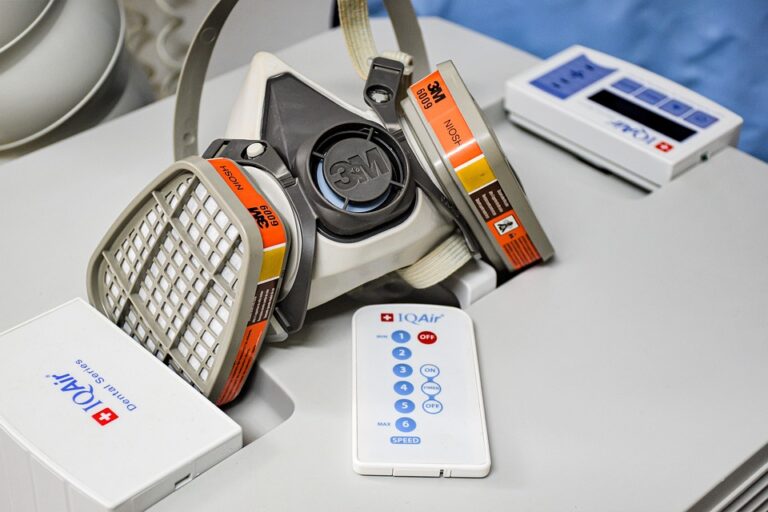how do you remove double sided tape from walls
[ad_1]
Double-sided tape is a versatile adhesive used for a multitude of purposes, from hanging decorations to securing objects in place. Its strength and convenience make it a popular choice for many homeowners. However, removing double-sided tape from walls can often become a frustrating and potentially damaging endeavor. The adhesive can leave behind unsightly residue, peel off paint, or even damage the wall’s surface. Fortunately, there are various methods you can employ to safely and effectively remove double-sided tape without causing significant damage. This article provides a comprehensive guide to removing double-sided tape from walls, covering different approaches, essential tools, and preventative measures.
Understanding the Challenge
The difficulty in removing double-sided tape stems from its aggressive adhesive properties. These adhesives are designed to bond strongly to surfaces, making them resistant to peeling or separation. When attempting to remove the tape, the adhesive can either tear away parts of the wall’s surface, leaving behind a sticky residue, or, even worse, pull off the paint or drywall entirely. The type of wall surface also plays a significant role. Painted walls, textured surfaces, and wallpapers all require different approaches to minimize damage.
Essential Tools and Materials
Before you begin, gather the necessary tools and materials. Having these readily available will streamline the removal process and improve your chances of success. Here’s a list of recommended items:
- Hair dryer or heat gun: To soften the adhesive.
- Plastic scraper or putty knife: For gently lifting the tape and residue. Avoid metal scrapers, as they can scratch the wall.
- Soft cloths or sponges: For cleaning and applying solvents.
- Rubbing alcohol (isopropyl alcohol): A versatile solvent for breaking down adhesive.
- Goo Gone or similar adhesive remover: Specifically designed for removing sticky residues.
- White vinegar: A natural and mild solvent.
- Warm soapy water: For general cleaning and residue removal.
- Painter’s tape: To protect surrounding areas.
- Gloves: To protect your hands.
- Safety glasses: To protect your eyes.
Methods for Removing Double-Sided Tape
Here are several methods for removing double-sided tape, starting with the gentlest and progressing to more aggressive techniques. Always test a small, inconspicuous area first to ensure the method doesn’t damage the wall.
1. The Heat Method
Heat is an excellent way to soften the adhesive, making it easier to peel away the tape. This method is often the first and most recommended approach.
- Prepare the area: Use painter’s tape to protect any trim or delicate areas around the tape.
- Apply heat: Hold a hair dryer or heat gun a few inches away from the tape. Use a low to medium heat setting to avoid overheating the wall. Move the heat source back and forth to evenly heat the tape and adhesive.
- Peel gently: After a minute or two of heating, try to gently peel away the tape from one corner using your fingers or a plastic scraper. If the tape is still resistant, apply more heat.
- Remove residue: Once the tape is removed, there may be some adhesive residue left behind. Try wiping it away with a clean, damp cloth. If that doesn’t work, proceed to the solvent methods below.
2. Rubbing Alcohol (Isopropyl Alcohol)
Rubbing alcohol is a readily available solvent that can break down many types of adhesives. It’s relatively safe for most wall surfaces, but always test in an inconspicuous area first.
- Test the area: Apply a small amount of rubbing alcohol to a hidden spot on the wall to ensure it doesn’t damage the paint or finish.
- Apply alcohol: Soak a cotton ball or soft cloth with rubbing alcohol.
- Saturate the tape: Gently press the alcohol-soaked cloth onto the tape and allow it to sit for a few minutes to saturate the adhesive.
- Peel and wipe: Use a plastic scraper to gently lift the tape. The alcohol should help to dissolve the adhesive as you peel. Wipe away any remaining residue with a clean, alcohol-soaked cloth.
3. Adhesive Remover (Goo Gone)
Commercial adhesive removers like Goo Gone are specifically designed to dissolve sticky residues. They are generally effective but can be strong, so use them with caution and test in an inconspicuous area.
- Read instructions: Carefully read the instructions on the adhesive remover’s label.
- Test the area: As with rubbing alcohol, test the adhesive remover on a hidden part of the wall.
- Apply remover: Apply the adhesive remover directly to the tape and let it sit for the recommended time.
- Scrape and wipe: Use a plastic scraper to gently remove the tape and residue. Wipe the area clean with a damp cloth to remove any remaining adhesive remover.
4. White Vinegar
White vinegar is a natural, mild solvent that can be effective for removing adhesive residue. It’s less harsh than rubbing alcohol or adhesive removers, making it a good option for delicate surfaces.
- Prepare the vinegar: Heat a small amount of white vinegar in the microwave until warm (not boiling).
- Apply vinegar: Soak a cloth or sponge with the warm vinegar.
- Saturate the tape: Gently press the vinegar-soaked cloth onto the tape and let it sit for several minutes.
- Peel and wipe: Use a plastic scraper to gently lift the tape. Wipe away any remaining residue with a clean, vinegar-soaked cloth.
5. Warm Soapy Water
For lighter adhesive residue, warm soapy water can be surprisingly effective. This is the gentlest method and ideal for surfaces that might be easily damaged by stronger solvents.
- Prepare the solution: Mix warm water with a mild dish soap.
- Apply solution: Soak a cloth or sponge with the soapy water.
- Saturate the residue: Gently scrub the residue with the soapy cloth.
- Wipe clean: Wipe the area clean with a damp cloth to remove any remaining soap and residue.
Preventing Future Problems
Prevention is always better than cure. To avoid the hassle of removing stubborn double-sided tape and potentially damaging your walls, consider these preventative measures:
- Use removable or repositionable tape: These tapes are designed to be easily removed without leaving residue or damaging surfaces.
- Use command strips or hooks: These products are specifically designed for hanging items without damaging walls. They use a special adhesive that can be easily removed.
- Test tape on an inconspicuous area first: Before applying tape to a large or visible area, test it on a hidden spot to ensure it doesn’t damage the surface.
- Avoid using excessive tape: More tape doesn’t necessarily mean a stronger hold. Using only the necessary amount can make removal easier.
Conclusion
Removing double-sided tape from walls can be a delicate process, but with the right tools, techniques, and patience, you can minimize the risk of damage. Remember to start with the gentlest methods and gradually increase the intensity as needed. Always test any solvent or cleaning agent on an inconspicuous area first. By following these guidelines, you can effectively remove double-sided tape and restore your walls to their original condition. And, of course, consider preventative measures to avoid future adhesive-related headaches.
Frequently Asked Questions (FAQs)
Not necessarily. Using the appropriate removal methods and taking precautions can minimize the risk of damage. However, some wall surfaces are more delicate than others and may be more prone to damage.
If the paint has peeled off, you’ll need to repair the damaged area. This may involve patching any holes or imperfections, priming the area, and repainting to match the existing color.
The ideal time will vary depending on the solvent and the type of adhesive. Consult the product’s instructions for specific recommendations. Generally, allowing the solvent to sit for several minutes will help to dissolve the adhesive.
It’s generally not recommended to use a metal scraper, as it can easily scratch the wall’s surface. Opt for a plastic scraper or putty knife instead.
If you’ve exhausted all other options, you may consider consulting a professional cleaning service or a handyman. They may have specialized tools or techniques to remove stubborn residue without causing further damage.
Yes, wallpapered walls are much more delicate and require extreme caution. It’s generally best to start with the gentlest methods, such as warm soapy water or white vinegar. Testing in an inconspicuous area is crucial. If you’re unsure, consult a professional.
WD-40 can sometimes be effective for removing adhesive, but it’s important to use it sparingly and test it on an inconspicuous area first. WD-40 is an oil-based product, so it may leave an oily residue that needs to be cleaned afterward.
[ad_2]





